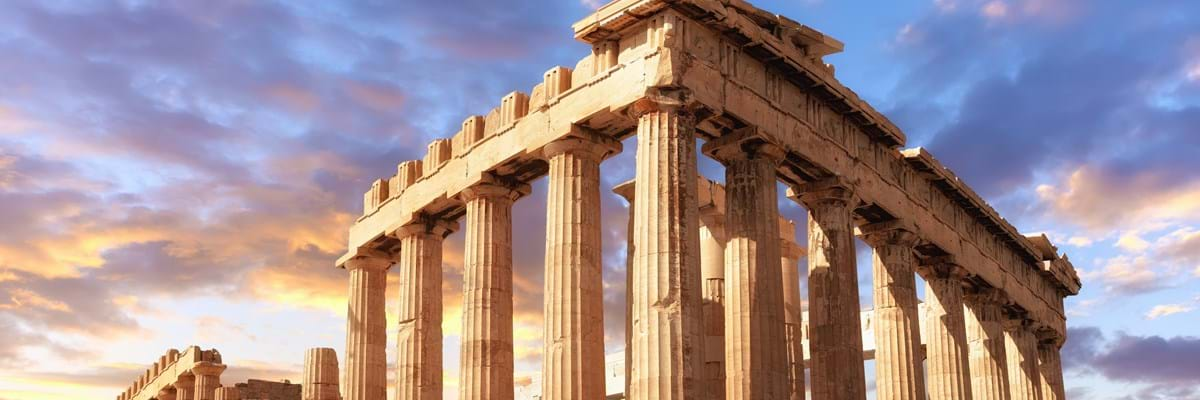It was built as a temple worthy of Athena, goddess of war and wisdom. It was designed to hold a huge gold and ivory statue of her. It stands on giant marble blocks and almost 70 massive pillars supported the marble-tiled roof. Beautifully carved friezes of figures on a ceremonial procession or at war once decorated its walls.
Today, about 2,500 years after it was built, The Parthenon is still the crowning glory of Athens.
It dominates the city from its throne on top of The Acropolis, a 500ft high rocky citadel. Its white marble glitters in the sunshine and, after dark, spotlights make it shine like a beacon. A million people a year clamber up The Acropolis for a close-up view of the most stunning example of ancient architecture.
Restoration work scheduled to end in 2020 has been going on for more than 40 years. That’s considerably longer than it took to build it in the first place.
Work began in 447BCE on the site of an earlier sanctuary that was destroyed by the Persians. Construction ended 15 years later, and the remarkable building functioned as a temple and treasury for about a thousand years.
Then the pagan statue was removed – to vanish from history - and it became a Christian church. It was to have other roles in centuries of conflict.

It became a mosque under Turkish rule. Later, when the Turks used The Acropolis as a barracks and command centre it was used for storage. When in the 17th century the Venetians, at war with the Turks, bombarded The Acropolis a gunpowder store in the Parthenon exploded and destroyed part of the building.
It was left abandoned and neglected for years. In the 19th century some of the decorations were removed and taken to London and Paris which began a controversy that still goes on.
Not all white: Although The Parthenon’s white marble looks stunning the temple would have been very different when it was built. There is evidence of the decorations being painted in vivid red, blue and green colours.
Date last updated:



